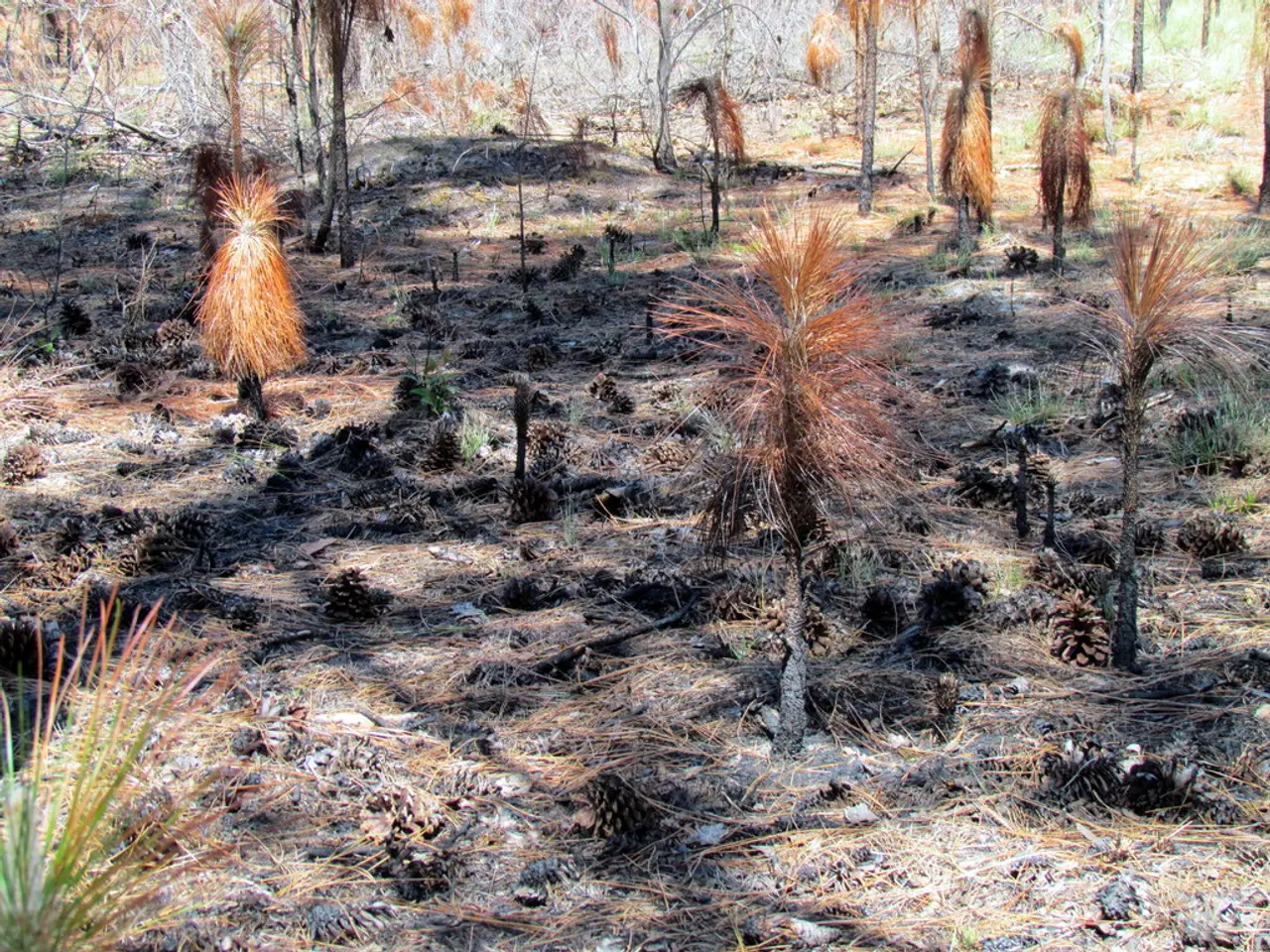Twelve Ordinary Plants Prohibited in Certain Regions Across the Country
The United States is home to a diverse array of flora, but some plants can pose significant risks to human health, native ecosystems, and agriculture. Here are some of the most harmful and legally restricted plants to avoid growing in a backyard garden.
Giant Hogweed (Heracleum mantegazzianum) is visually stunning, yet its sap can cause severe skin burns, blisters, and long-term skin sensitivity when exposed to sunlight. It is classified as a noxious weed and is illegal to grow intentionally in some Eastern states.
Poison Hemlock (Conium maculatum) is lethally toxic and regulated as a noxious weed in many areas due to the risks of accidental ingestion by people or livestock.
Multiflora Rose (Rosa multiflora) is an invasive plant that forms dense thickets, crowding out native plants. It is controlled in states like Pennsylvania and Virginia.
Castor Bean (Ricinus communis) seeds contain ricin, a highly toxic compound, leading to restrictions in some areas.
Other invasive species to watch out for include Japanese Knotweed, Phragmites, and Canada Thistle. These aggressive spreaders cause ecological and economic harm by damaging natural habitats and farmland.
Lily of the Valley and English Ivy are invasive groundcovers that crowd out native species and are problematic in certain regions.
Tree of Heaven (Ailanthus altissima) is both invasive and a host for harmful pests, and its growth is discouraged.
To maintain a safe and sustainable garden, consider replacing these harmful plants with native or less aggressive species. For instance, you can replace giant hogweed with false carrot (Ammi majus) or yarrow (Achillea millefolium), both of which have delicate, lacy foliage but are safe.
Instead of multiflora rose, plant native roses such as the Carolina rose (Rosa carolina), which help local pollinators and do not invade natural areas.
For tall, dramatic foliage instead of castor bean, try elephant ear (Colocasia) or canna lily (Canna).
Choosing native groundcovers or less aggressive perennials can help avoid the problems caused by invasive species like lily of the valley or English ivy.
By avoiding planting highly toxic or invasive species and opting for native, non-invasive plants, gardeners can protect their health, local ecosystems, and comply with legal restrictions in their area. It is also important to check state and local regulations as plant restrictions can vary regionally.
- For a safer and eco-friendly garden, it's wise to replace giant hogweed with plants like false carrot or yarrow, both of which have attractive foliage but are harmless.
- Instead of the invasive multiflora rose, consider planting native roses such as the Carolina rose, as they help pollinators and do not pose a threat to natural areas.
- To avoid the problems caused by invasive plants like the lily of the valley and English ivy, choose native groundcovers or less aggressive perennials.
- For tall, impressive foliage without the risk of growing castor bean, consider elephant ear or canna lily instead.
- Maintaining a garden that is not only aesthetic but also beneficial for the environment can be achieved by planting eco-friendly seeds that are native to the region and less likely to invade natural habitats.
- By choosing plants that are safe for the environment and the local ecosystem and avoiding toxic or invasive species, gardeners can contribute to the science of environmental conservation and promote a lifestyle that is considerate of home and garden.
- Awareness of plant regulations is essential to ensure compliance with environmental-science laws in one's area, as restrictions on certain plants may differ from region to region.




